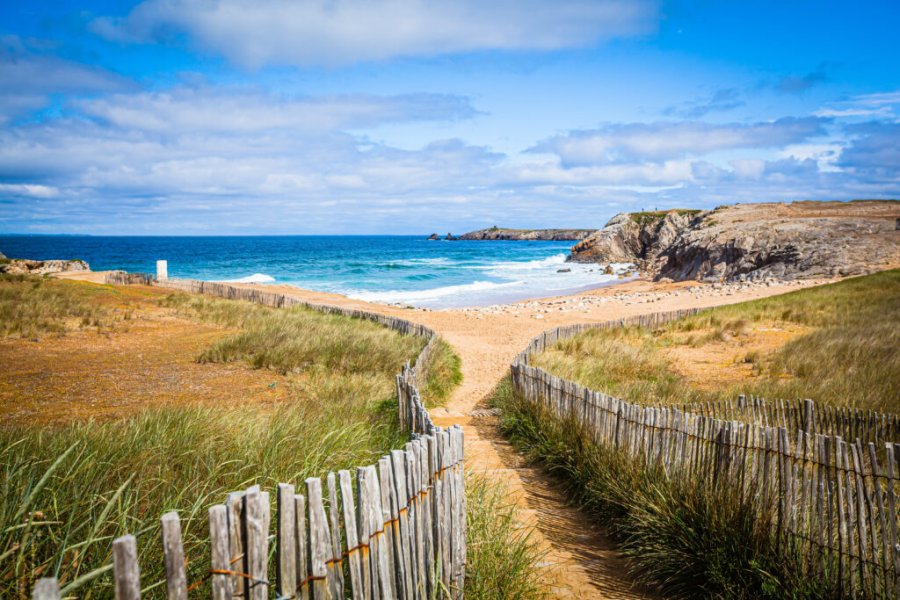Travel Guide Piteşti
Find an accommodation
Advertising
It was probably because it was home to one of Elena Ceauşescu's residences that the town was the first in the country (and for a long time the only one) to be linked to Bucharest by a freeway, thus facilitating travel for the wife of the country's leader. The city of tulips is far from being the most beautiful in the country. With a population of 140,000, it is above all a major road and rail junction, as well as an industrial and petrochemical center, best known for the Dacia factories that have been located there since the 1960s. That said, if you must stop off in Piteşti, you'll find plenty to keep you busy for a few hours. The shopping center is lively and full of flowers. Piaţa Muntenia forms the heart of the city, crossed by Boulevard Republicii (which runs north-south) and Strada Victoriei, a shopping and pedestrian thoroughfare. This central district is a long pedestrian plateau surrounded by shops and brick-colored blocks, including the inevitable, massive Maison de la Culture. Fountains, green spaces, summer terraces and sculptures from the 1970s follow one another. The most remarkable building is the princely St. George's Church, all in brick, almost incongruous in this concrete environment. Finally, Pitești is infamous for its prison, which, from 1949 to 1951, conducted terrible experiments in re-education by torture on opponents of the regime, known as the "Pitești phenomenon".
What to visit Piteşti?
Suggested addresses Piteşti
Weather at the moment
Advertising
Organize your trip with our partners Piteşti
Transportation
Book your plane tickets
Car Rental
Boat rental
Accommodation & stays
Find a hotel
Holiday rental
Find your campsite
Tailor-made trip
Immersion travel
Services / On site
Activities & visits
Find a doctor











